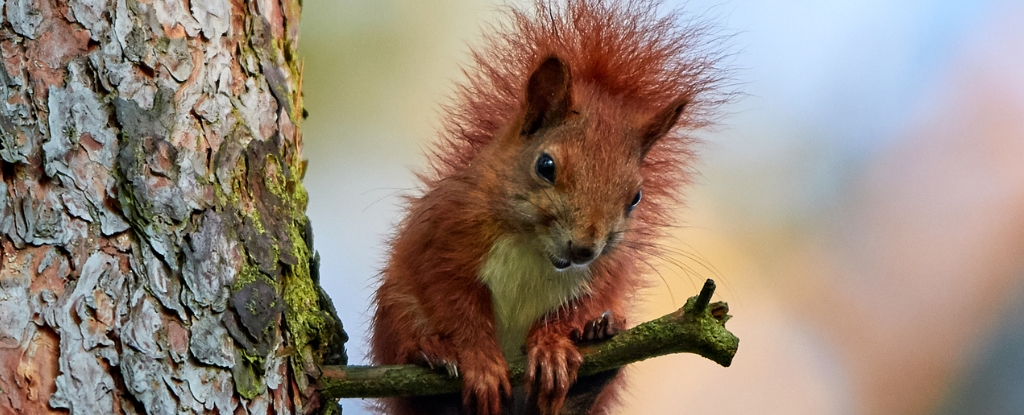Chandrayaan-3, the successful lunar mission launched by the Indian Space Research Organisation (ISRO), continues to contribute to lunar exploration. A recent analysis of data transmitted by the Pragyan rover has led to the identification of a 160 km wide ancient crater. This crater is believed to have been formed before the South Pole-Aitken (SPA) basin, which was previously regarded as the moon’s oldest and largest impact basin. The discovery further highlights the significance of Chandrayaan-3 in advancing our understanding of the moon’s geological history.
Older Crater Uncovered by Pragyan Rover
The analysis was conducted using data from both the Vikram lander and Pragyan rover, which completed their primary mission on September 3, 2023. After this, they were placed in sleep mode. A paper released by scientists from the Physical Research Laboratory (PRL) in Ahmedabad, including Dr. S. Vijayan, titled “Chandrayaan-3 landing site evolution by South Pole-Aitken basin and other impact craters”, reveals that the Chandrayaan-3 landing site was within a previously buried crater. This crater is thought to be much older than the SPA basin itself, which lies around 350 km from the SPA basin’s rim.
A Closer Look at the Landing Site
Using the Pragyan rover’s navigation camera (Navcam) and a high-resolution optical camera, ISRO captured images of a heavily degraded, semi-circular structure surrounding the landing site. This structure is now being considered one of the oldest features on the lunar surface. Scientists suggest that this ancient crater was covered by ejecta materials from the SPA basin and 11 other surrounding impact basins.
Future Lunar Missions Could Benefit
The findings from this mission are providing valuable insights into the moon’s history and are expected to assist in future lunar explorations, such as Chandrayaan-4, which is slated for 2027. Prof. Anil Bhardwaj, a JC Bose Fellow and Director at PRL, acknowledged this discovery in a post, crediting Dr. S. Vijayan and his team for their pioneering research.





